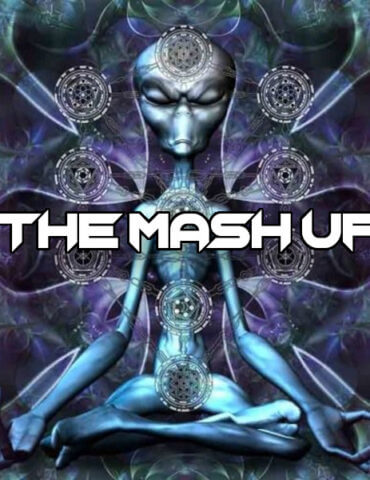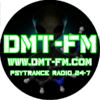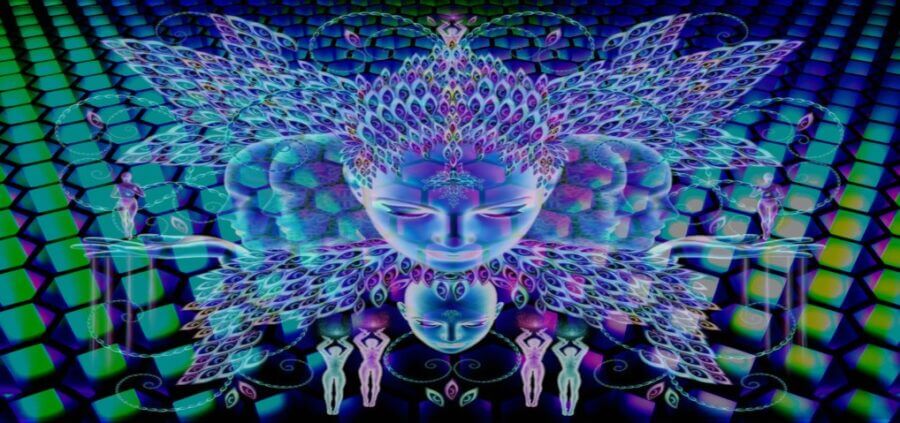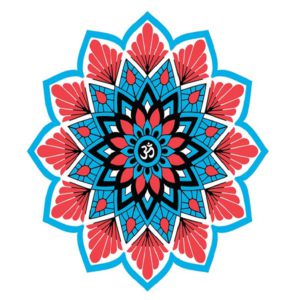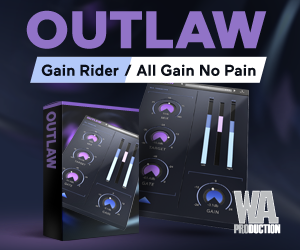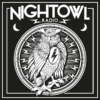The tracks were remixed, removing the lyrics, looping the melodies and beats, and generally manipulating the sounds in all manner of ways before the tracks were finally presented to the dancers as 100% Goa-style mixes.
By ’85 all Goa music was electronic and people were constantly searching for new music to remix into the new Goa-style. It was impossible to buy this type of music in stores; even today most psytrance sales take place over the net rather than in physical shops.
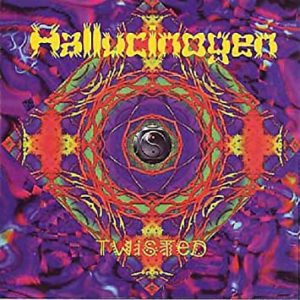
Arguably the first commercially released trance tune came in ’88 and is accredited to UK acid house outfit the KLF with What Time Is Love.
However, at the same time Goa music was being created by pioneers like The Orb, Juno Reactor, Eat Static and also by The Infinity Project.
By ’92 the Goa trance scene had a pulse of its own, though the term ‘Goa trance’ didn’t actually become the name tag of the genre until around ’94.
New artists were springing up from all over the world and it was in this year that the first Goa Trance festivals began, including the Gaia Festival in France and the now world-famous and still running VuuV festival in Germany.
In ’93 the first 100% Goa trance album was released, Project 2 Trance, featuring tracks by Man With No Name and Hallucinogen to name just two. Goa trance enjoyed its commercial peak between ’96 and ’97 with a fair bit of media attention and some huge names in the DJ scene joining the movement.
This hype did not last long and once the attention had died down so did the music sales, resulting in the downfall of record labels, promotion networks and also some artists. This ‘commercial death of Goa trance’ was marked musically by Matsuri Productions in ’97 with the release of the compilation Let it RIP.
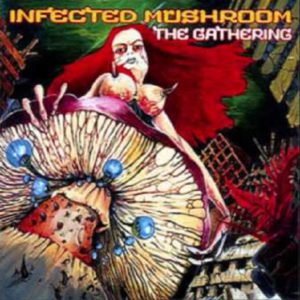
Israel also played a part in this development. Until ’88 India’s borders were closed to Israelis.
When they were eventually opened many Israelis travelled to India after completion of their mandatory military service looking for a cheap, fun place to unwind.
When they returned to Israel they took music and drugs back with them and in ’90 the first psychedelic ‘full moon gatherings’ on Nitzanim’s beaches began. The music was not as dark as modern Dark psytrance but different from what was already available.
The quantity of Goa music coming into Israel and being played in the clubs provided a lot of inspiration to the younger generations of Israelis and soon new top-quality producers were popping up on the scene, the most famous of which is Astral Projection. Other well-known artists include Intense Sanity, Infected Mushroom, IMIX, Elec3 and Alchemix.
In 02 however, melodies became popular again, heralding the beginning of full-on psytrance.
Currently, there are many sub-genres within the psytrance scene, including minimal/progressive Psy, morning Psy, full-on Psy, and dark Psy.
There has also recently been a movement attempting to ‘return to the source’ and bring back the original Goa trance sound, such as Metapsychic Records and Suntrip Records, which are dedicated to reviving the roots of the scene and promoting artists trying to recapture the original feeling of the music.
